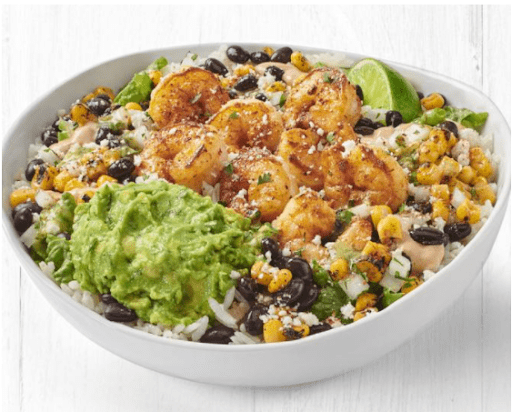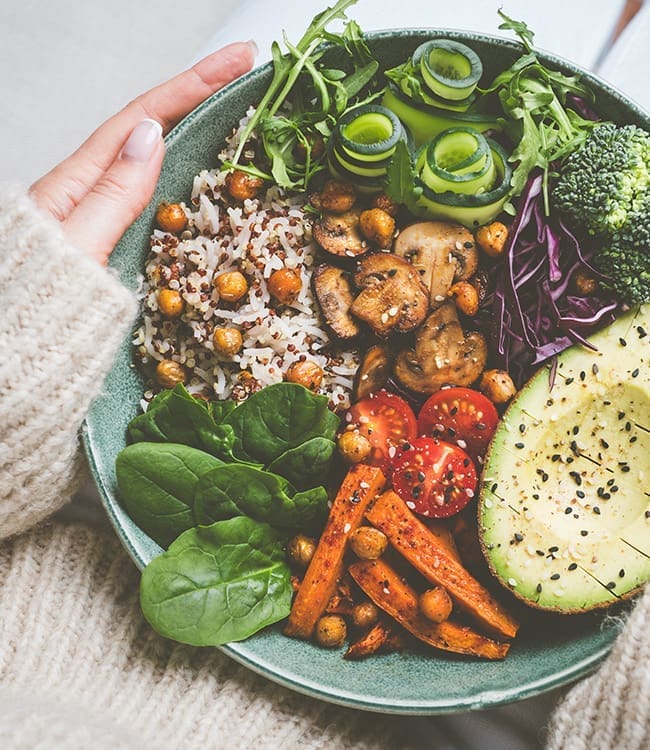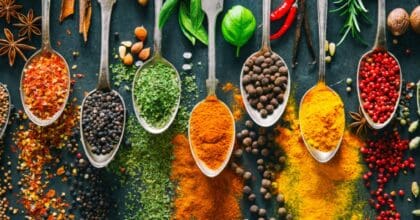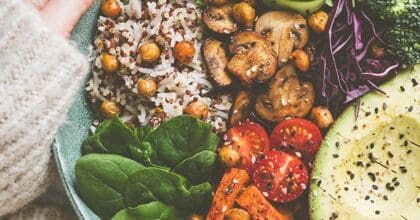Peru has been in the spotlight recently as a champion for superfoods, with an increasing number of wonder ingredients discovered in the region. Peru’s unique microclimate and diverse topography means that the country is home to thousands of foods found nowhere else on the planet. Some of the better known superfoods generating buzz include the energy-booster maca, considered a Peruvian ginseng; yacon, a plant that produces a low-calorie sweetener syrup; and lucuma, a low glycemic index superfruit that can be used as an all-natural sweetener.
Consumers take note of Peruvian food
Interest in Peruvian foods is also starting to grow as consumers gain exposure to South American cuisines. For the first time, a number of Peruvian restaurants were recognized in CNN’s 2015 World’s 50 Best Restaurant awards. Although according to Innovation on the Menu US 2015 report, just 16% of US diners are interested in seeing more Peruvian cuisine when dining out, this is up from 11% in 2014. Outside the US, currently just 4% of Brits have eaten Peruvian foods at home, although almost half of Brits would be interested in trying it.
Purple Corn: The latest Superfood from Peru
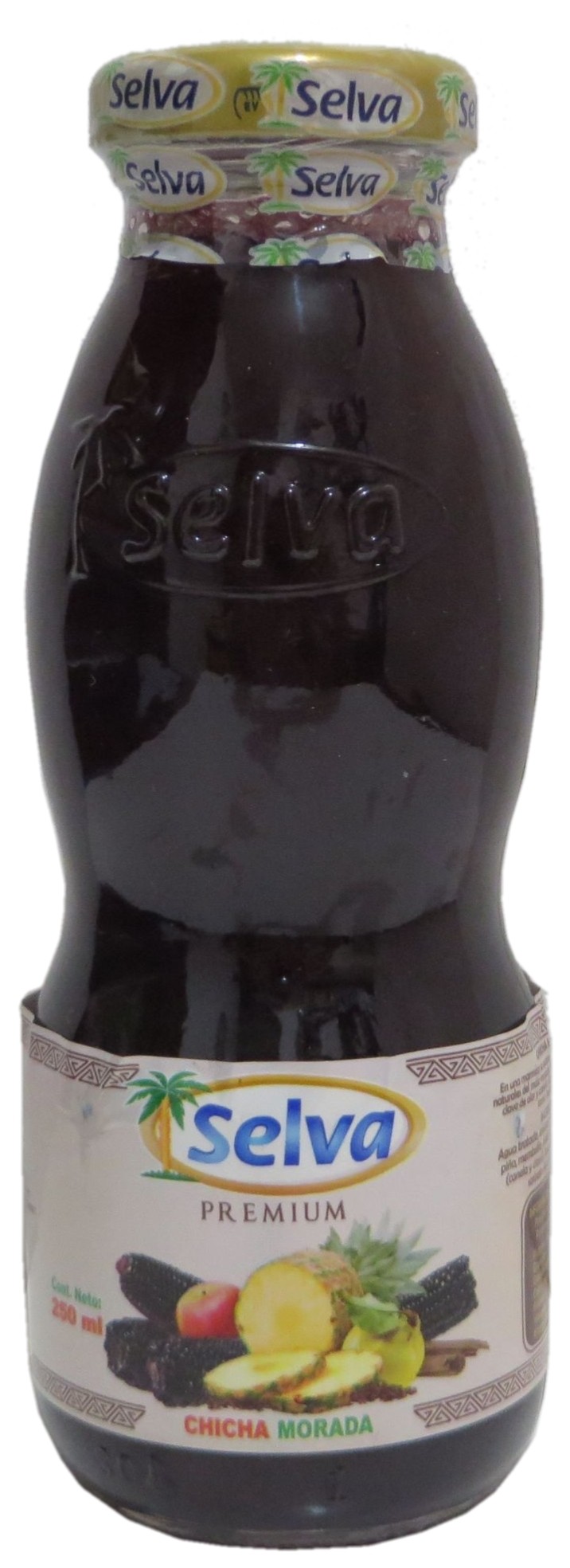
Outside of Peru, purple corn ingredients are more commonly found in foods, rather than drinks. Almost half of global food and drink products launched with a purple corn ingredient between November 2010 and October 2015 were in the snack category, largely driven by potato snacks and corn-based snacks. However, it is important to note that the use of purple corn is still very niche as only a handful of products with a purple corn ingredient, including purple corn, purple corn flour, or purple corn extract, have been launched.
Will purple corn appeal to consumers?
Purple corn may appeal to snack consumers interested in natural ingredients, considering it is recognized as a heritage or heirloom breed, known for its antioxidant content and anti-inflammatory properties. According to Chips, Salsa and Dips 2015 report, nearly three in five US chip or dip consumers agree they are more likely to buy chips/dips with natural ingredients, and over half agree it’s important that these snacks are free from artificial ingredients and additives.
Even though only a small portion of US chip or dip consumers consider a “functional” snack an important nutritional claim when purchasing chips, and a mere 9% consider ‘contains “superfoods”’ an important nutritional claim, purple corn could still appeal to consumers’ interest in natural ingredients.
Purple corn extract used as a natural colour in Japan
The deep, rich purple color in purple corn comes from anthocyanins, an antioxidant. Recent studies have explored the health benefits of purple corn because of its antioxidant content. We’re seeing interest in natural colors continue to grow, especially in the US where leading companies are pledging to remove artificial ingredients from food and beverage offerings. Purple corn extract is responsible for the majority of product launches using a purple corn ingredient, accounting for 63% of global purple corn food and drink launches.
Overall, as more superfoods emerge from Peru, we will continue to see increased attention for food from the region. Purple corn – seen as healthy and authentic – has potential in the market, and recent interest in natural colours, in particular, present a new opportunity for purple corn extract.
Stephanie Mattucci is a Global Food Science Analyst at Mintel. Prior to Mintel, Stephanie worked as a Food Scientist in R&D for an ingredients company in Chicago, where she specialized in seasoning product development and provided technical expertise to customers in the food industry.

















